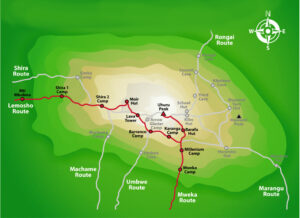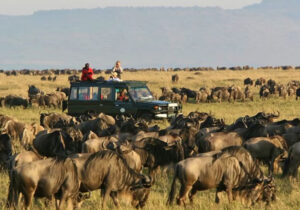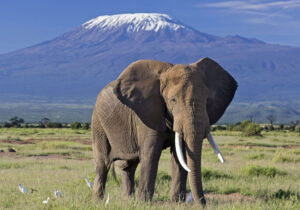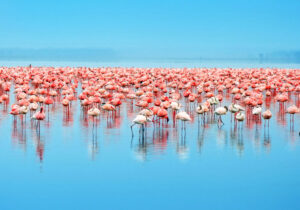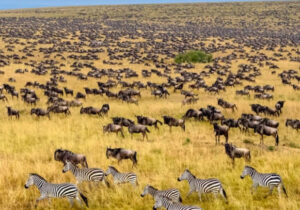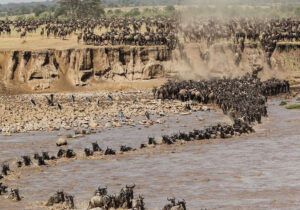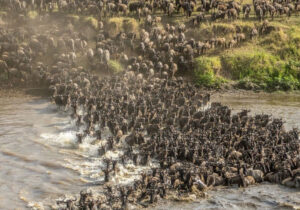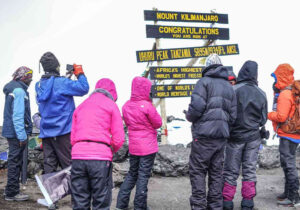Why Kilimanjaro Is Called the Roof of Africa
Mount Kilimanjaro is not only the highest peak in Tanzania but also the tallest mountain in Africa. This is why people call it the Roof of Africa. Why Kilimanjaro Is Called the Roof of Africa, Rising 5,895 meters (19,341 feet) above sea level, its snow-capped summit dominates the landscape and offers breathtaking views. However, the name goes beyond sheer height. It also reflects the symbolism, history, and cultural significance the mountain carries across Africa.
1. Kilimanjaro: Africa’s Tallest Mountain
Kilimanjaro stands as the tallest free-standing mountain in the world. Unlike ranges such as the Himalayas, it rises alone from the plains and savannahs. Its summit marks the highest point on the continent, making it truly the “roof” of Africa. Standing on its peak means standing at the very top of Africa, an unforgettable experience for any traveler or adventurer.
2. Geological Importance of Kilimanjaro
Kilimanjaro also showcases geological wonders. Volcanic activity millions of years ago created this giant. Today, its volcanoes are dormant, yet the mountain remains a vital subject of geological study. The East African Rift gave birth to its massive rise, highlighting both natural beauty and scientific significance.
The three volcanic cones Kibo, Mawenzi, and Shira each present unique landscapes. Kibo, home to the summit, is the most iconic and a major attraction for climbers.
3. Cultural and Symbolic Value
Beyond height and geology, Kilimanjaro represents pride and identity. For Tanzanians and many Africans, it is a cultural icon. Legends and stories surround its towering presence, inspiring generations.
The name “Kilimanjaro” likely blends the Kiswahili word Kilima (mountain) and the Chagga word Njaro (whiteness), a reference to its snowy peak rising above the warm savannah.
4. Ecological Role
Kilimanjaro supports diverse ecosystems. From lush rainforests at its base to alpine deserts and icy glaciers at the summit, the mountain sustains rare plants and animals. However, its glaciers are melting quickly due to climate change, raising concerns about its future.
5. A Dream for Climbers
For adventurers, climbing Kilimanjaro is a life-changing journey. Unlike Everest, it requires no technical skills, making it accessible to many. The trek reveals shifting ecosystems, stunning vistas, and deep cultural connections. Reaching the summit of the Roof of Africa symbolizes personal achievement and a bond with Africa’s natural heritage.
Conclusion about Kilimanjaro
Kilimanjaro truly earns its title as the Roof of Africa. Its unmatched height, dramatic geology, ecological diversity, and cultural meaning make it a global icon. Whether you climb it or admire it from below, the mountain embodies adventure, challenge, and beauty.
For those ready to take on this journey, Kiriwe Travel offers expert guidance for a safe and memorable climb to the Roof of Africa. Contact us at [email protected] for tailored trekking plans.







